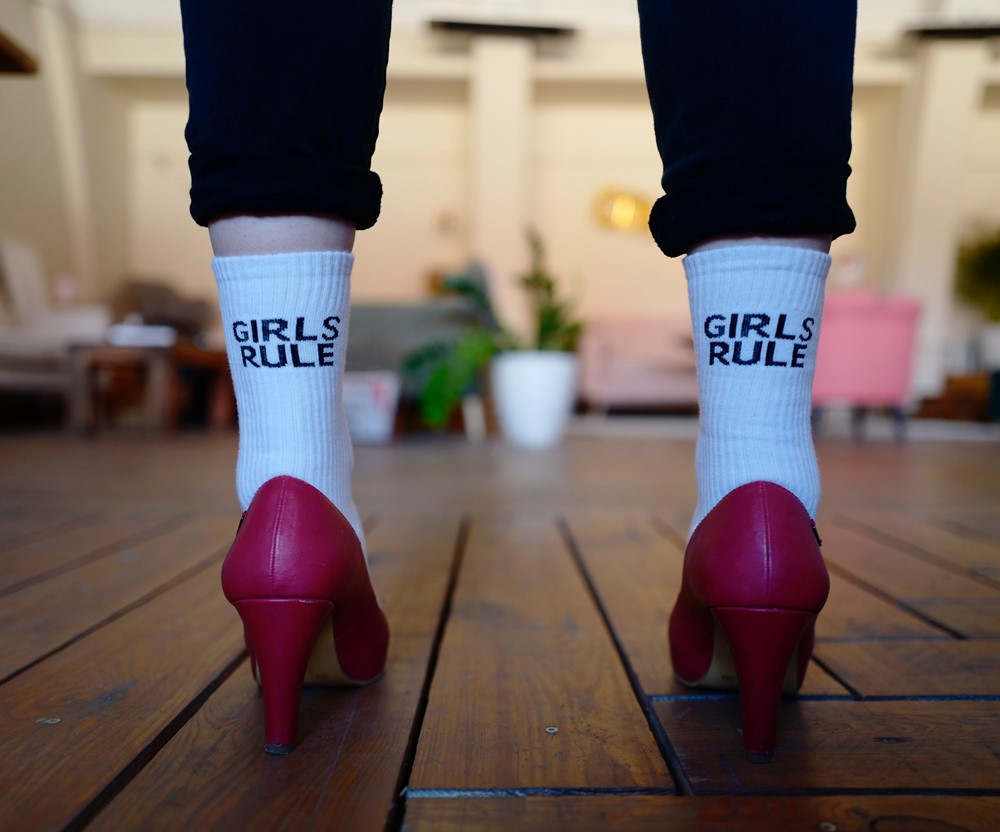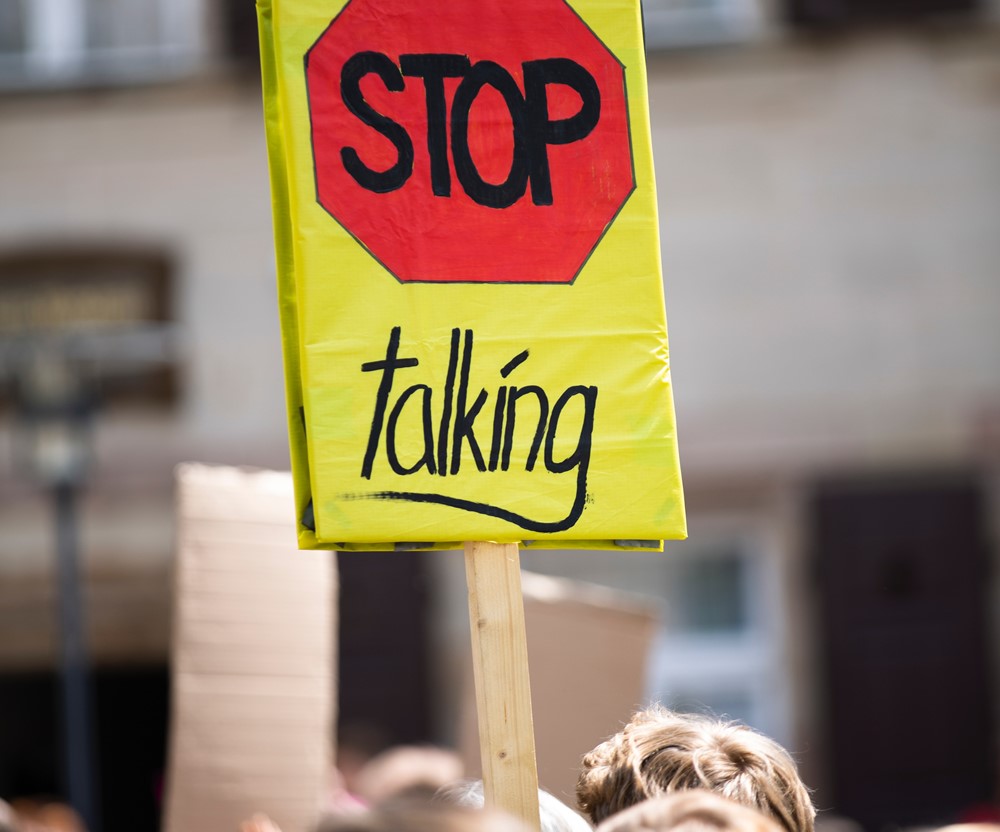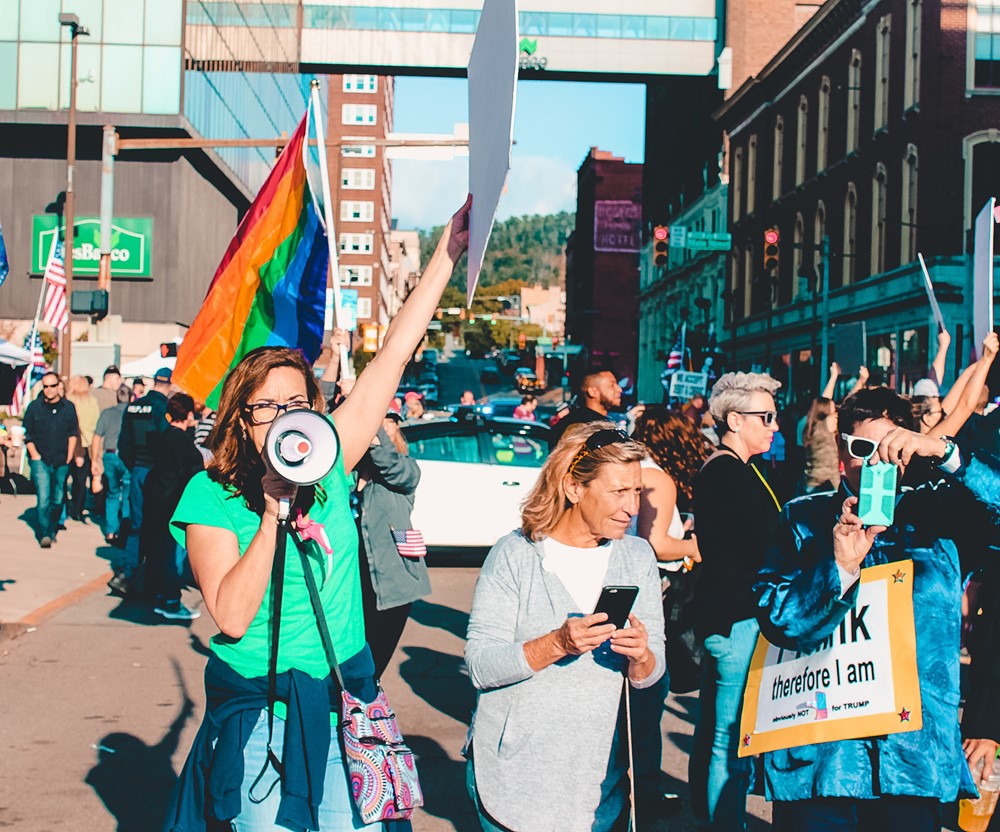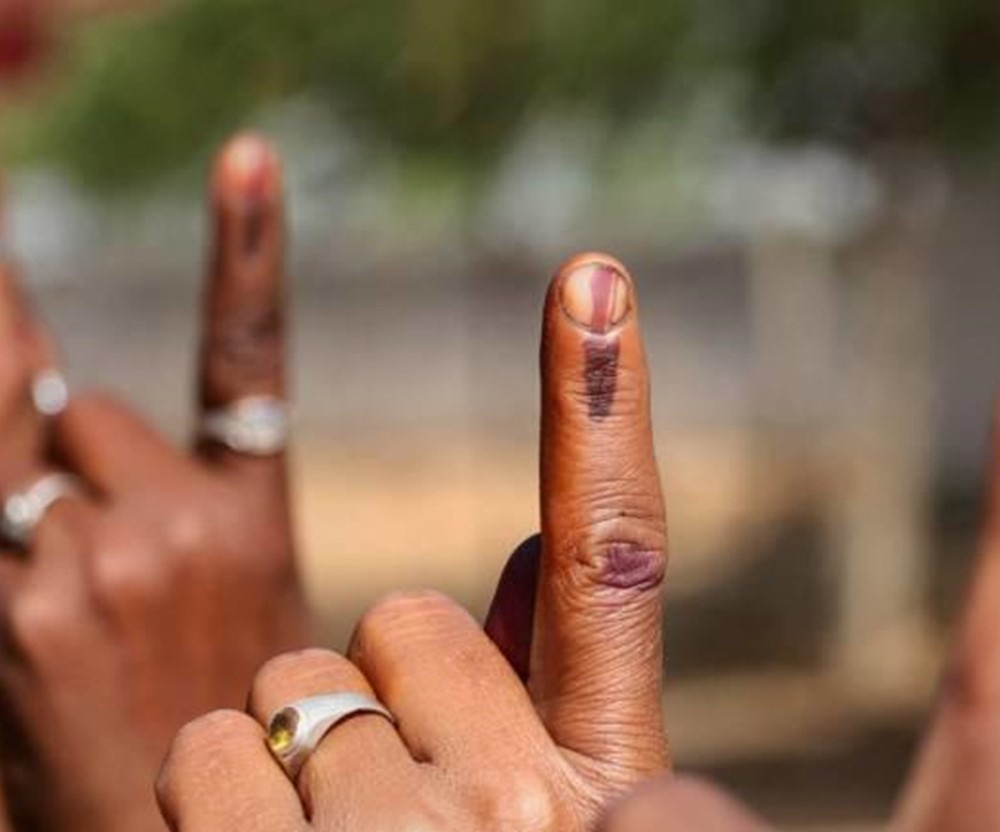
Celebrating 128 years of suffrage
Women’s suffrage around the world
Categories
- Community
Sunday 19th September marked 128 years since the colonial government of Aotearoa NZ granted women the right to vote (pre-colonial wahine Māori were landowners, spiritual and political leaders, fighters and navigators). It’s common knowledge that Aotearoa New Zealand was the first nation or territory to formally allow women to vote in national elections. But what about the rest of the world? Let’s take a closer look at the history of women’s suffrage around the world.
Most countries and territories granted women the right to vote between 1893 and 1960.
This includes all but six European nations. Some of the European nations that allowed universal suffrage after 1960 include Switzerland (1971), Portugal (1976) and Liechtenstein (1984).
In other world regions, women secured the right to vote in national elections only after major cultural or governmental shifts. For example, most countries in Africa granted citizens universal suffrage between 1950 and 1975 – a period of sweeping European decolonisation for the continent (as well for parts of Asia and Latin America). Many newly independent nations adopted universal suffrage along with new governments and constitutions.
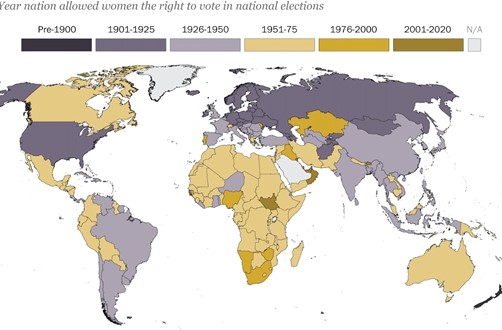
At least 19 nations initially restricted the right to vote for women of certain backgrounds based on demographic factors such as race, age, education level or marital status.
Sometimes, decades passed before all citizens were granted the right to vote. In the U.S., for example, more than four decades passed between the ratification of the 19th Amendment and the Voting Rights Act of 1965, which took aim at discriminatory state and local restrictions intended to prevent Black Americans from voting.
Restrictions like these weren’t unique to the U.S. In Canada, for example, legislation in 1918 expanded suffrage to women, but it excluded Canadians from Asian Canadian and Indigenous backgrounds. Asian Canadians were not fully given the vote until the 1940s, and Indigenous people could not vote until 1960.
In Australia, Indigenous women were not given the vote until 1962, six decades after non-Indigenous women were able to vote. In South Africa, more than 60 years passed between when White women won voting rights in 1930 and when Black women won them in 1993, following the end of apartheid.
When India first expanded voting rights to women in 1935, only those who were married to a male voter, or possessed specific literacy qualifications, could vote. Universal suffrage followed in 1950.
Some countries also initially set a higher minimum age for women voters than for their male counterparts. In 1915, for example, Icelandic women over age 40 gained the right to vote. Five years later, the voting age for women was lowered to 25, in line with the requirement for men.
Legal and cultural restrictions limited women’s voter participation in some countries and territories even after winning the right to vote.
Ecuador, for instance, became the first Latin American country to grant women voting rights in 1929, but it only extended this right to literate Ecuadorian women, and voting was not mandatory for women as it was for men. A new constitution in 1967 made voting mandatory for literate women, and it wasn’t until 1979 that the literacy requirement was dropped completely. Several other countries, such as Hungary and Guatemala, also imposed literacy requirements on women voters that were lifted later.
More recently, Samoa’s government system allowed only those with chiefly titles, known as matai, to vote in parliamentary elections, effectively excluding women from the vote. Samoa adopted universal suffrage in 1990.

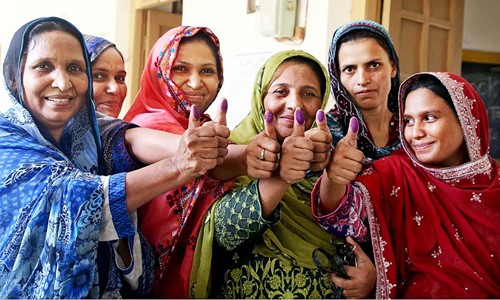
Few countries and territories have rescinded women’s voting rights after initially granting them, but there are some notable exceptions.
Afghanistan, for instance, was an early adopter of women’s suffrage after winning independence from Britain in 1919. Government shifts and instability over the next almost 100 years resulted in women losing and formally regaining the right to participate in elections several times. Women have the right to vote in Afghanistan today, but there are still barriers in place that limit their participation. When the Taliban took control of most of Afghanistan in August 2021, concern about the future for women in the country increased.
It is a similar story in Pakistan where although voting has been a constitutional right since the country’s inception (after partition in 1947), millions of women have been banned from voting through agreements among political parties, local elders, and powerful figures, citing customs and traditions as an excuse. Often, women’s lifestyles, especially in rural areas, are completely detached from politics. So even if they may not be prevented from voting by their male relatives, they are raised to not pay attention to elections. And then of course there are hardliners who state that female participation in elections is haram (forbidden). This makes it hard for women to leave their homes, especially those who are not from liberal or urban backgrounds.
Sourced from the Pew Research Centre.
Read more like this...


